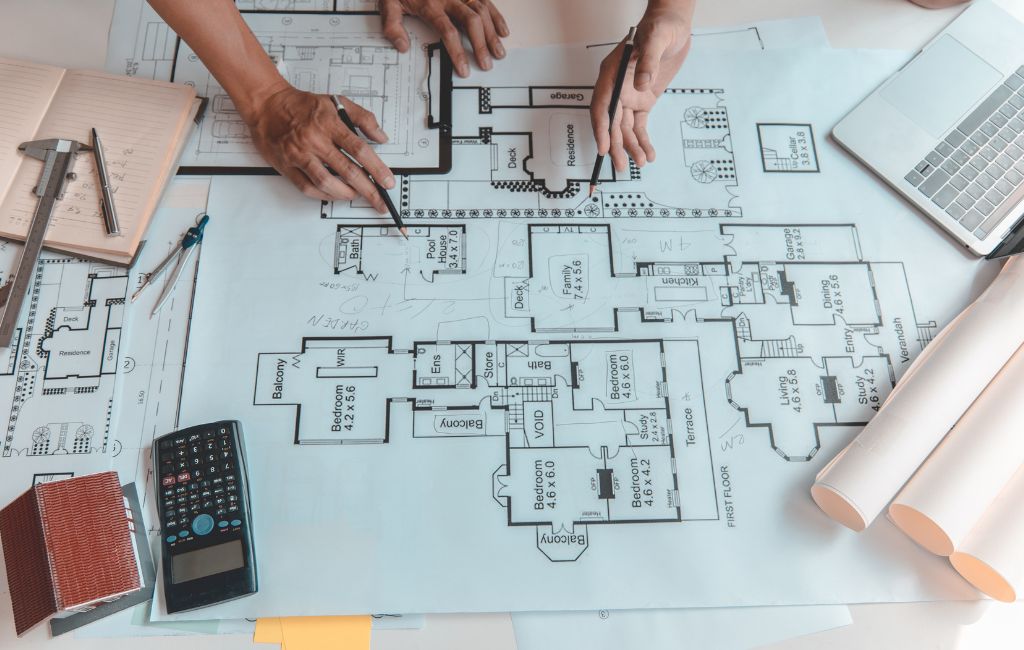-
Table of Contents
- Architectural Ingenuity: Designing Spaces that Inspire
- Principles of Inspiring Design
- Functionality
- Aesthetics
- Sustainability
- Innovation
- Case Studies of Inspiring Architecture
- The Eden Project, UK
- The High Line, USA
- The Sagrada Familia, Spain
- Impact of Architecture on Human Well-being
- Mental Health
- Productivity
- Social Connections
- Conclusion
Architect Ingenuity: Designing Spaces
Architecture has always been a reflection of human creativity and innovation. From the ancient pyramids of Egypt to the modern skyscrapers of New York, the built environment shapes our experiences and influences our emotions. This article explores how architectural ingenuity can create spaces that inspire, focusing on design principles, case studies, and the impact of architecture on human well-being.
Principles of Inspiring Design
Creating spaces that inspire involves a blend of art and science. Architects use various principles to achieve this goal:
- Functionality: A space must serve its intended purpose efficiently.
- Aesthetics: Visual appeal is crucial in making a space inviting and stimulating.
- Sustainability: Eco-friendly designs contribute to the well-being of both occupants and the environment.
- Innovation: Unique and creative solutions can transform ordinary spaces into extraordinary ones.
Functionality
Functionality is the cornerstone of any architectural project. A well-designed space should facilitate the activities it is meant for. For instance, a library should provide quiet areas for reading and studying, while a hospital should have efficient layouts for patient care. The Guggenheim Museum in New York, designed by Frank Lloyd Wright, is a prime example. Its spiral design not only creates a unique visual experience but also guides visitors through the exhibits seamlessly.
Aesthetics
Aesthetics play a significant role in making a space inspiring. The use of color, light, and materials can evoke emotions and create a sense of place. The Sydney Opera House, designed by Jørn Utzon, is renowned for its stunning sail-like structures. This iconic design not only enhances the visual appeal but also symbolizes the cultural significance of the building.
Sustainability
Sustainability is becoming increasingly important in modern architecture. Green buildings not only reduce environmental impact but also improve the quality of life for occupants. The Bosco Verticale in Milan, designed by Stefano Boeri, incorporates vertical forests into its structure. This innovative design reduces air pollution, provides natural insulation, and creates a healthier living environment.
Innovation
Innovation in architecture can lead to groundbreaking designs that challenge conventional norms. The Dancing House in Prague, designed by Frank Gehry and Vlado Milunić, is a striking example. Its unconventional shape and dynamic form make it a landmark in the city, demonstrating how creativity can transform urban landscapes.
Case Studies of Inspiring Architecture
Several architectural projects around the world exemplify the principles of inspiring design. These case studies highlight how thoughtful architecture can create spaces that leave a lasting impact.
The Eden Project, UK
The Eden Project in Cornwall, UK, designed by Nicholas Grimshaw, is a marvel of sustainable architecture. The biomes, which house diverse plant species, are constructed using hexagonal and pentagonal panels made of ETFE, a lightweight and durable material. This innovative design not only supports plant growth but also educates visitors about the importance of biodiversity and conservation.
The High Line, USA
The High Line in New York City is a prime example of urban regeneration. This elevated park, designed by James Corner Field Operations and Diller Scofidio + Renfro, repurposes an old railway line into a green space for public use. The project has revitalized the surrounding neighborhoods, providing a peaceful retreat in the heart of the city and promoting community engagement.
The Sagrada Familia, Spain
The Sagrada Familia in Barcelona, designed by Antoni Gaudí, is an architectural masterpiece that combines functionality, aesthetics, and innovation. The basilica’s intricate facades and towering spires create a sense of awe and wonder. Gaudí’s use of natural forms and light enhances the spiritual experience for visitors, making it one of the most inspiring buildings in the world.
Impact of Architecture on Human Well-being
Architecture has a profound impact on human well-being. Well-designed spaces can improve mental health, boost productivity, and foster social connections. Research has shown that exposure to natural light, access to green spaces, and ergonomic design can significantly enhance the quality of life.
- Mental Health: Natural light and open spaces can reduce stress and anxiety.
- Productivity: Ergonomic design and comfortable environments can increase efficiency and creativity.
- Social Connections: Communal spaces and inclusive design can foster a sense of community and belonging.
Mental Health
Natural light and open spaces have been shown to reduce stress and improve mood. The Maggie’s Centres, designed by various renowned architects, provide support for cancer patients and their families. These centers use natural light, open layouts, and calming materials to create a healing environment, demonstrating the positive impact of thoughtful design on mental health.
Productivity
Ergonomic design and comfortable environments can boost productivity and creativity. The offices of Google, designed by Clive Wilkinson Architects, are known for their innovative and playful design. Features such as open workspaces, recreational areas, and vibrant colors create an inspiring environment that encourages collaboration and innovation.
Social Connections
Communal spaces and inclusive design can foster a sense of community and belonging. The Aga Khan Award for Architecture recognizes projects that improve the quality of life in Muslim communities. The Wadi Hanifa Wetlands in Riyadh, Saudi Arabia, transformed a neglected valley into a thriving public space. This project not only restored the natural ecosystem but also provided a communal area for social interaction and recreation.
Conclusion
Architectural ingenuity has the power to create spaces that inspire and uplift. By focusing on functionality, aesthetics, sustainability, and innovation, architects can design environments that enhance human well-being and leave a lasting impact. The examples and case studies discussed in this article demonstrate how thoughtful design can transform ordinary spaces into extraordinary ones, enriching our lives and shaping our experiences.
